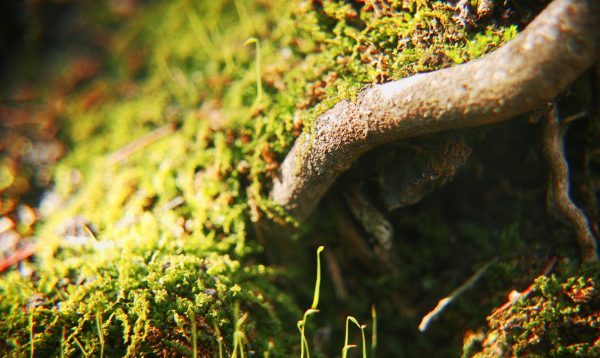If you are choosing a new selection of trees, shrubs, plants, and flowers, it is important to look at the United States Department of Agriculture Hardiness Zone Map before placing a final order. You see, trees and plants require specific amounts of sunlight, soil conditions, climates, and more, in order to thrive. If you were to plant a Palm tree in Indianapolis, chances are that it would not last past Christmas.
Continue reading to learn what you need to know about plant hardiness zones, and where the Hoosier state falls on the map.
U.S. Department of Agriculture Hardiness Zone Map
According to the U.S. Department of Agriculture, “USDA Plant Hardiness Zone Map is the standard by which gardeners and growers can determine which plants are most likely to thrive at a location.” This map is based on the average minimum temperature that occurs during the winter, per year, over the past 30 years. It is important to understand that these values are not derived from the lowest temperature that has ever occurred, but rather, the average annual radical minimum temperature during a past 30-year period.
You can visit the USDA plant hardiness webpage to learn your area’s specific plant hardiness zone by simply entering in your zip code. You can also view a 2012 USDA Hardiness Zone Map of Indiana on their interactive map page.
Indiana Hardiness Zone
The USDA Hardiness Zones for Indiana are 5 and 6, specifically 5b, and 6a, and 6b. Common trees that are hardy to these zones include various species of Ash, Cedar, Pine, Hemlock, Elder, Birch, Beech, Cherry, Walnut, Chestnut, Buckeye, Hickory, Locust, Magnolia, Maple, Oak, Poplar, Sweetgum, Sycamore, Willow, and more.
Take the Red Maple, for instance. Red Maple trees are good fits for almost any type of property. Even better, they grow in a pageant of colors, with something always red in every season. Winter red buds, red springtime flowers, deep red summer leafstalks, and brilliant red hues in autumn foliage are just a preview of the beauty this tree has to offer. It grows fast and well in hardiness zones 3 through 9, averaging heights between 40 and 60 feet, and widths up to 40 feet.
Other Factors to Consider
The USDA Plant Hardiness Zone Map is a terrific resource to use for planting new trees and shrubs, however, there are several other factors to consider that influence the behavior and growth rate of your plants. Hardiness zone adherence is not enough to sustain thriving, long-lasting, fully-performing trees and shrubs. Additional gardening factors that must be considered include soil conditions, sunlight, water, fertilizer, mulching, cold exposure, heat exposure, humidity, environmental modifications, and pest management.
Talk to a licensed Fishers tree service company for advice on tree planting and tree care you can trust.
Call 317-537-9770 for professional and affordable Fishers tree service to keep your trees healthy all season long. We are experienced tree care contractors who provide a wide range of residential and commercial tree services, including routine tree service, major tree work, lot clearing, and more. Request a free estimate, today!





